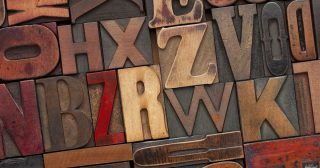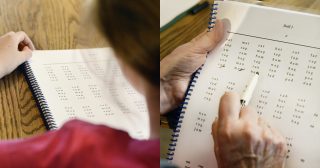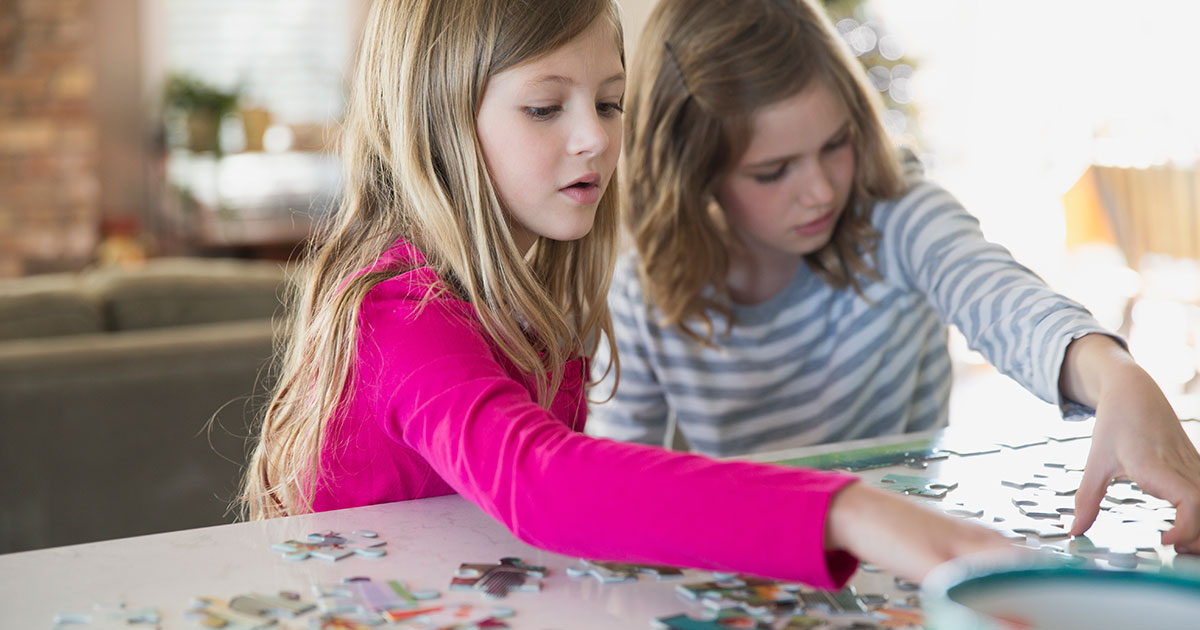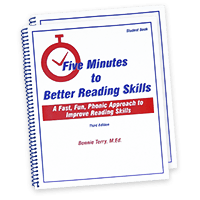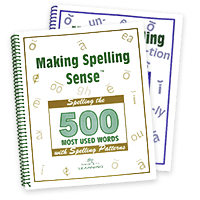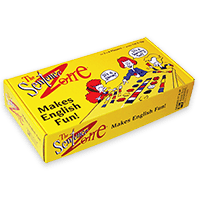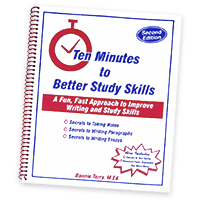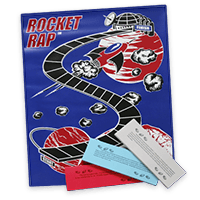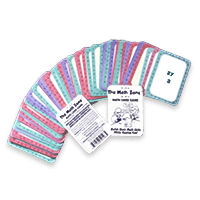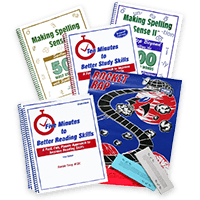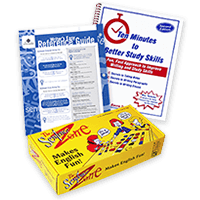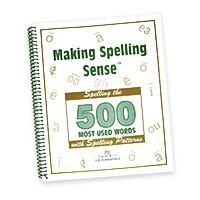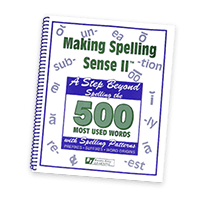Auditory Closure, Visual Closure and Reading Fluency
November 27th, 2018[vc_row][vc_column][vc_column_text]Auditory closure and visual closure are two areas of processing that have big implications on reading fluency and comprehension.
What is Auditory Closure?
Auditory closure is the ability to combine sounds that you hear into actual words. It is also the ability to pull ideas together that you have heard orally but may have missed some bits and pieces of. For example, when you are listening in the classroom or workplace and are distracted for a moment and then rejoin listening, can you pull the pieces together that you have heard as well as missed and make sense of it. It is the ability to ‘fill in’ the gaps. You are able to make sense of missing, incomplete or distorted words, sentences, or concepts. Auditory closure on the micro level is the ability to pull sounds together to form words. On the more macro level, however, it is the ability to take in a series of words or sounds over time and make sense of it as a whole.
Auditory Closure and the Impact on Learning
Auditory closure helps you with sounding out words, discriminating between sounds, attend to auditory stimuli (listening to stories and lectures), as well as filling in gaps when you miss parts of words or conversations. Correct English usage, spelling accurately, and taking great notes are also dependent on auditory closure skills.
There is a carryover from auditory closure to both listening and reading comprehension. Listening comprehension is your ability to make sense of what you have heard. Auditory closure allows you to process, filter, assign meaning, and act on what you have heard. Your factual knowledge is an important piece of both listening comprehension and reading comprehension. Once you make sense of what you have heard, your brain assigns it to specific auditory memory and visual memory centers of the brain where you can later retrieve the information. Reading comprehension is impacted by this too. If you have difficulties with auditory closure, it is more difficult to read fluently, to retrieve the information at a later date, and to make further connections and associations.
When given the individual sounds ‘c’, ‘a’, and ‘t’; auditory closure is the ability to bring those individual sounds together to make the word ‘cat’.
Symptoms of poor auditory closure may include:
- Poor reading comprehension
- Difficulty following directions
- Trouble listening to a “single voice” in noisy environments
- Confusing similar sounds
What is Visual Closure?
Visual closure is the ability to bring letters, partial letters, or words together to make sense of them. Visual Closure is the ability to identify a complete ‘whole’ from an incomplete visual presentation. It is the ability to go from ‘parts’ to a ‘whole’. An example is to be able to have a partial picture of an object and be able to complete it, like in dot-to-dot pictures. It is also the ability to pull a word together when the letters are separated out or there is a missing letter:
c a t or c t with a picture of a cat.
Visual Closure and the Impact on Learning
Visual Closure helps you to accurately fill-in-the-blank such as completing words or sentences e.g., b_d; bed. Visual closure also aids you in identifying an object even when part of it is missing. It helps you read a line of print when parts of the letters are covered or written with miss-formed letters. Visual closure also impacts your ability to put puzzles together. Without good visual closure skills, seeing and understanding many mathematical concepts like area and perimeter becomes difficult. If you have difficulties with visual closure, it is more difficult to retrieve the information, read fluently, and make further connections and associations.
What poor visual closure may look like:
- Difficulty identifying shapes or objects when a part is missing
- Difficulty completing a task or resolving an idea based on partial information
- Confusion between similar objects
- Confusion between similar words (words with close beginning or endings)
Activities to Improve Auditory Closure and Visual Closure
- Reading Fluency Training
- Practice Rhyming Words
- Doing Mazes
- Word Searches
- Dot-to-Dot Pictures
- Add-on-Stories
[/vc_column_text][/vc_column][/vc_row]


